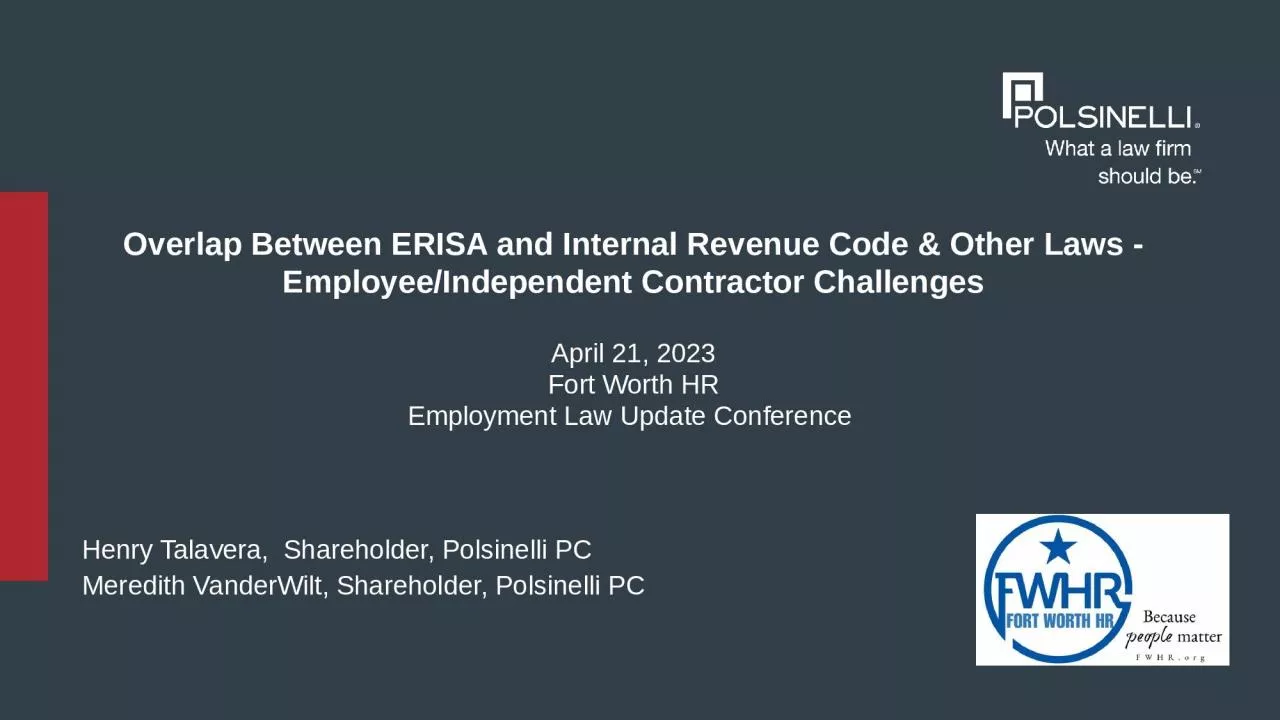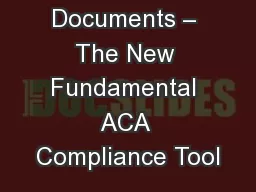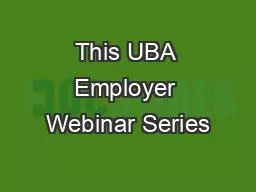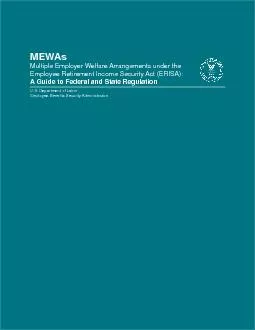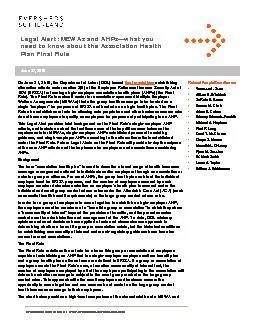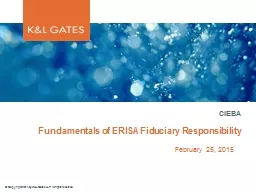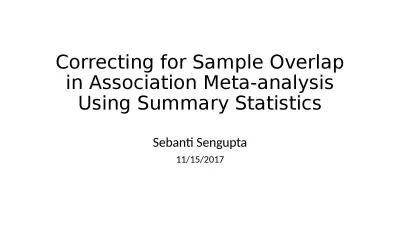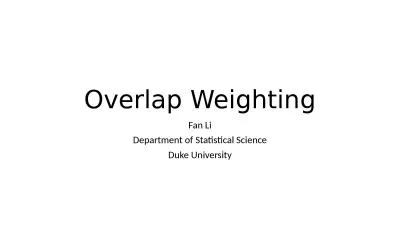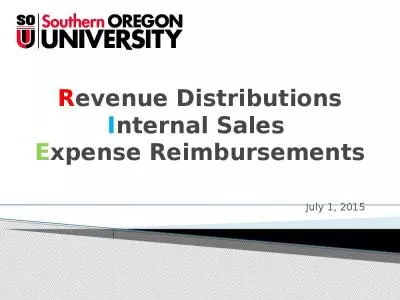PPT-Overlap Between ERISA and Internal Revenue Code & Other Laws -
Author : margaret | Published Date : 2023-07-14
EmployeeIndependent Contractor Challenges April 21 2023 Fort Worth HR Employment Law Update Conference Henry Talavera Shareholder Polsinelli PC Meredith VanderWilt
Presentation Embed Code
Download Presentation
Download Presentation The PPT/PDF document "Overlap Between ERISA and Internal Reven..." is the property of its rightful owner. Permission is granted to download and print the materials on this website for personal, non-commercial use only, and to display it on your personal computer provided you do not modify the materials and that you retain all copyright notices contained in the materials. By downloading content from our website, you accept the terms of this agreement.
Overlap Between ERISA and Internal Revenue Code & Other Laws -: Transcript
Download Rules Of Document
"Overlap Between ERISA and Internal Revenue Code & Other Laws -"The content belongs to its owner. You may download and print it for personal use, without modification, and keep all copyright notices. By downloading, you agree to these terms.
Related Documents

